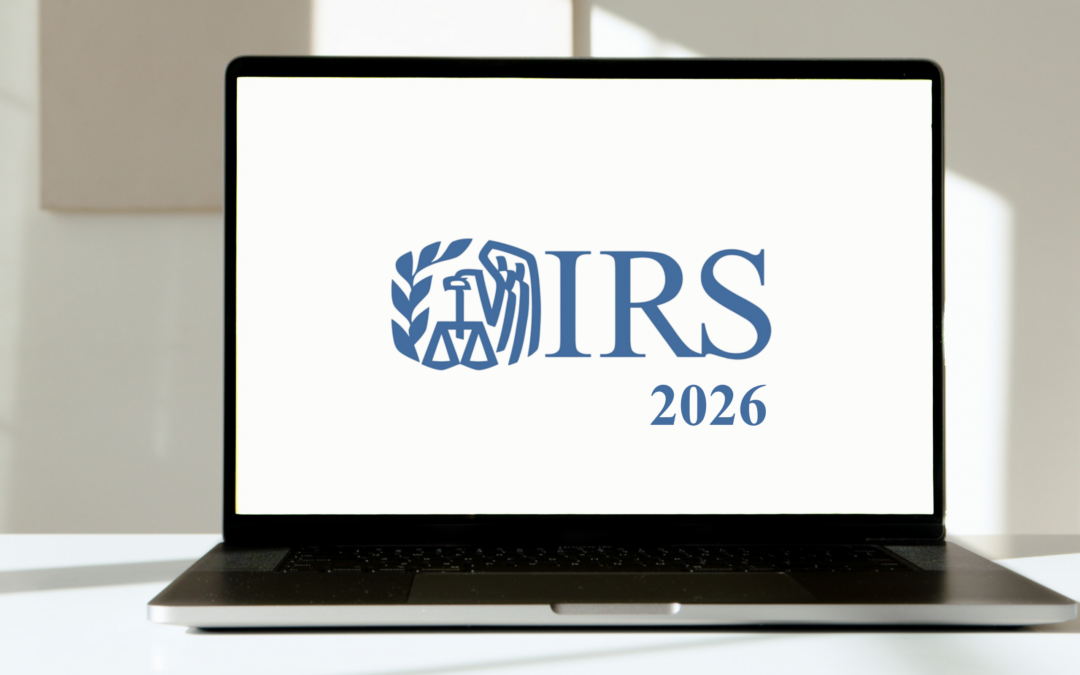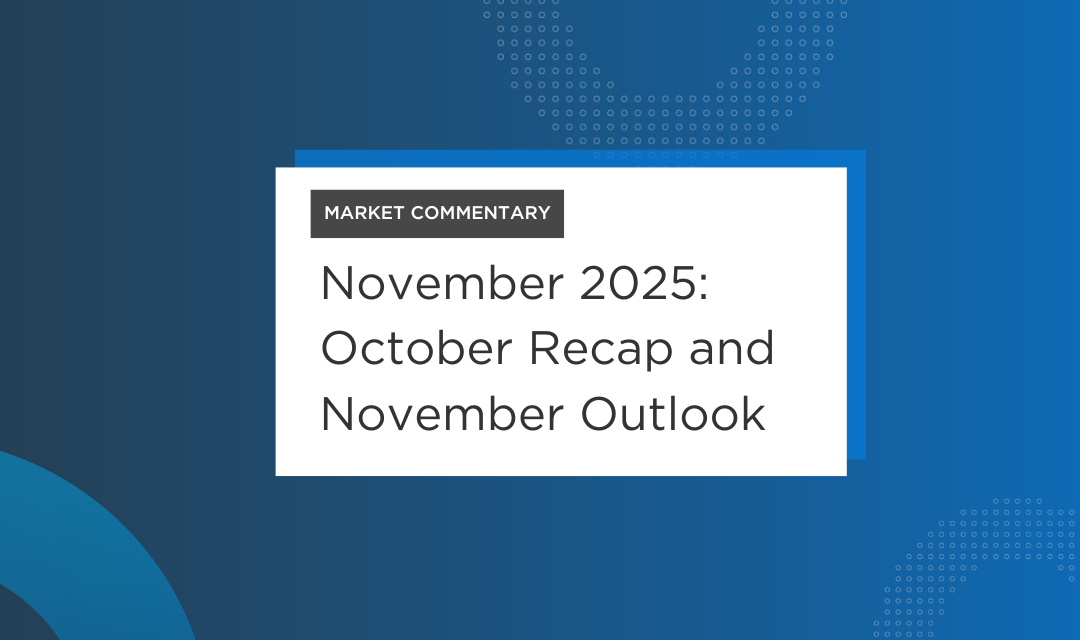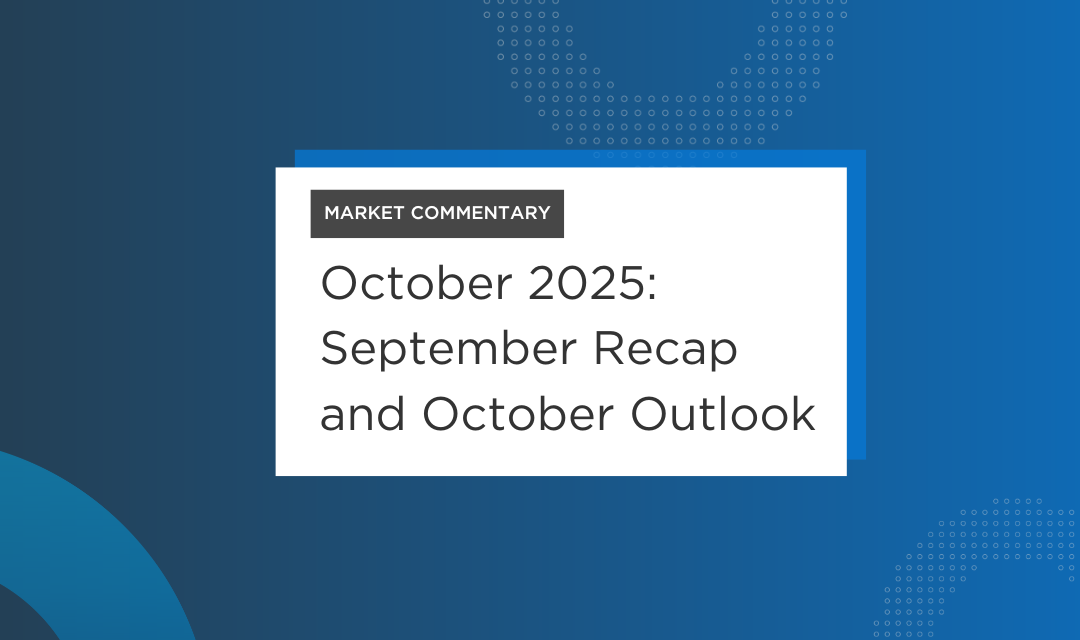Every financial plan should start with an emergency savings – it’s the backbone, foundation, and buttress to your financial future and wellbeing. Imagine trying to build a home without a foundation; it won’t last long. Similarly, you’re not on steady footing if you haven’t got some emergency savings in the bank for a rainy day.
You’ll find a lot of articles out there that say three to six months of your salary is enough for an emergency savings account. But there’s a few problems with that simple theory. The first is that the most common reason people dip into their savings is because they lost a job; in that case, it’s doubtful that three to six months will be enough time to get you back on your feet. Jobs are typically lost unexpectedly and all at once; for example, no one predicted the financial crisis in 2008 or the energy crisis in 2015 that led to nearly 9 million jobs lost. All those people needed work at the same time, and the job market was slim for the picking. The unemployed were left with three choices: accept a job that pays less than what they were formerly being paid, compete with hundreds of applicants for the same type of job they just lost, or, with enough savings, they could spend some time unemployed until they bounced back.
Another problem with the three to six-month rule is that it doesn’t necessarily account for your expenses. Your emergency savings account should be focused on your own personal needs rather than a prescribed value based on your salary. For example, a single 23-year-old won’t have the same expenses as a married 50-year-old with two children in college and a few dogs. Even if they make the same salary, the latter will have more expenses per month, ultimately meaning he will need more money in his emergency savings account.
Here’s a few tips to help you decide the exact number you should expect to need:
- If you’re already saving for retirement, subtract that from your total net income.
- Look at the rest of your income, and consider the following: what are your needs, and what are your wants? The two do not always coincide.
- Once you’ve figured out how much you and your family would needto live on, create a plan to get there.
- Know your industry. How common are layoffs and how does your industry weather during a recession? This will determine if you need more.
Ultimately, when it comes to emergency savings, thinking in “worst case scenarios” is the best approach. The number is higher than most would expect, but you have to consider what happens if you lose your job, a family member gets sick, or there’s a tragic accident.
The good news is that if you’re still working, you’ve got time left to save up for any emergency that comes your way. Start saving now and you’ll realize how achievable it is. Don’t be satisfied with just three months’ salary in your savings; shoot for an approach focused on your needs over a longer horizon – you’ll be happy you did.



